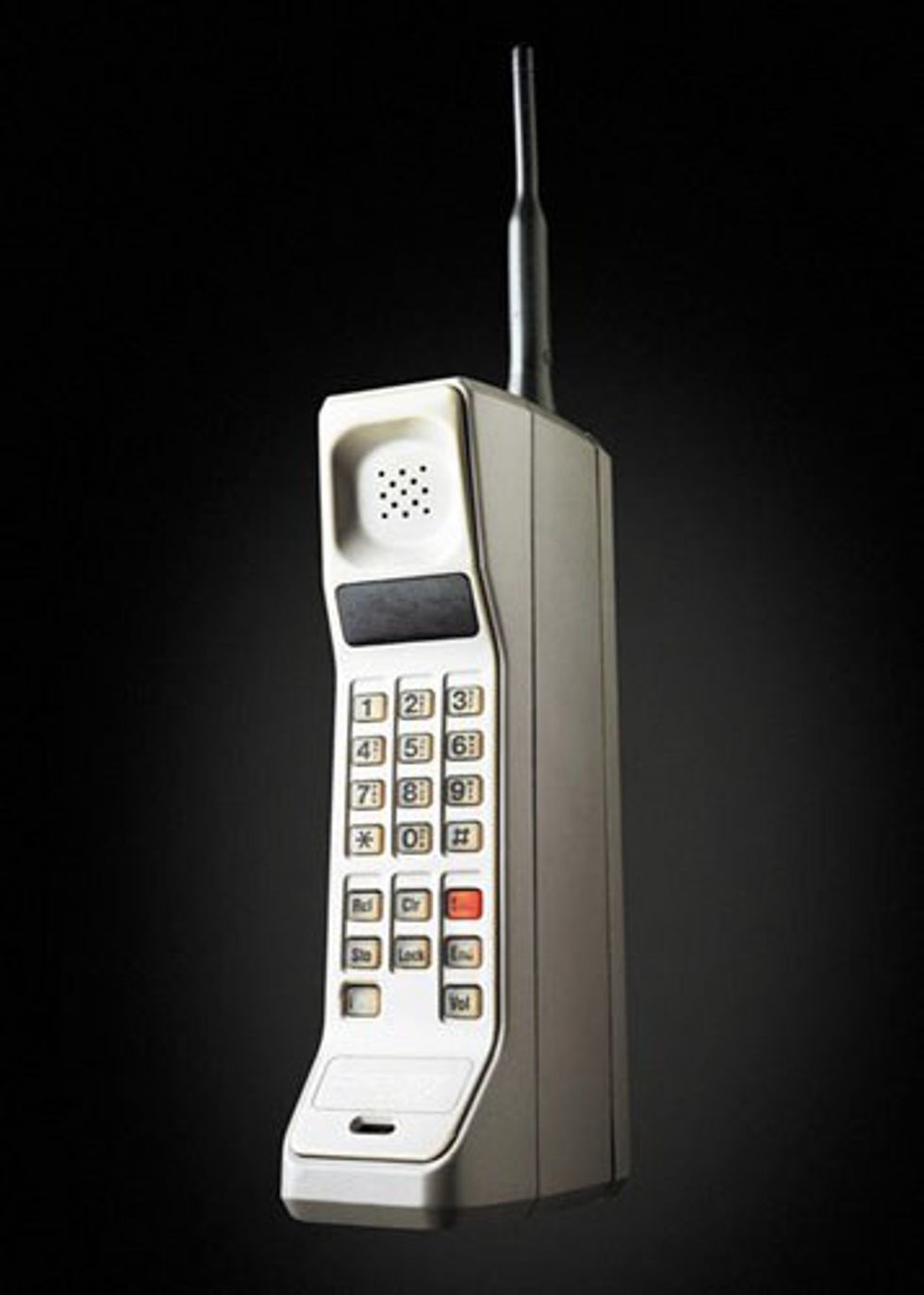One of the first steps to become a great journalist in 2016 is to take advantage of the technology that surrounds us. One remarkable piece of technology a journalist has to master sits right in his or her pocket, the smartphone he or she carries on a daily basis.
The first truly mobile phone was released in 1983 by Motorola, the DynaTAC 8000x. 33 years later, those big, beige, bulky phones have evolved to microcomputers capable of doing more than just calling loved ones.
DynaTAC 8000x
In 2016, a modern smartphone can take still photos, shoot video, video-call your grandma in Japan, write documents, create slide shows, create spreadsheets, browse the internet and much more.
A smartphone will never replace a full-fledged computer or camera, but a journalist can get a lot of work done with one. What makes a smartphone productive is the applications one can use on it regardless of the operating system.
A journalist can use Google Docs to start prewriting his or her article. A lot of the time that is more convenient than a pen and paper. The best part is that is the application saves work automatically.
Prewriting is a skill that makes the writing process a lot easier. If one pre-writes enough before covering an event or a person, he or she can get their quotes and be out of there early to write their piece and get it out faster.
Social media is another thing that journalists can take advantage of with these devices.
There is an abundance of social media applications available for smartphones too. Journalists have to master social media, so he or she can get their information out to as many people possible.
Twitter is great social media platform if one is covering a live event.
I personally have covered local events here in Southwest Florida, and it is a great application to use for that purpose.
What makes it unique, and sometimes challenging, is the 140-character limit on posts. It keeps it simple, so I have no complaints.
One thing that the mobile phones of the past didn’t have that the smartphones of today now have are cameras.
Since the introduction of television in the 1950s, cameras have been a fundamental tool for news organizations.
In 2016, smartphones now come with powerful cameras that rival their point-and-shoot counterparts.
Most of the time, journalists use their Digital Single Lens Reflex cameras. However, the biggest disadvantage is that those devices are still big and bulky. It also sticks out in a large crowd when it is paired with a telephoto lens.
Those cameras also cost a lot of money.
Smartphones will never replace a DSLR, but smartphones have one advantage that a DSLR does not.
Smartphones are compact and easily concealable.
Journalists have to make themselves marketable, so it crucial to master photography on any device.
Journalists have to remember to remain objective and transparent with their work too.
Smartphones are a great tool, but remember that everyone has one, and everyone has an opinion.
Citizen journalism is a movement that has been gaining a lot of popularity lately. I personally have no issues with a movement like that. However, there are some people with an agenda, and those people sometimes fabricate information and call it News.
That is the negative side of this technology. Any idiot can get their hands on it and spread lies all over social media.
Remember not to be biased and just master the amazing things that can be done on a smartphone.








 Energetic dance performance under the spotlight.
Energetic dance performance under the spotlight. Taylor Swift in a purple coat, captivating the crowd on stage.
Taylor Swift in a purple coat, captivating the crowd on stage. Taylor Swift shines on stage in a sparkling outfit and boots.
Taylor Swift shines on stage in a sparkling outfit and boots. Taylor Swift and Phoebe Bridgers sharing a joyful duet on stage.
Taylor Swift and Phoebe Bridgers sharing a joyful duet on stage.












